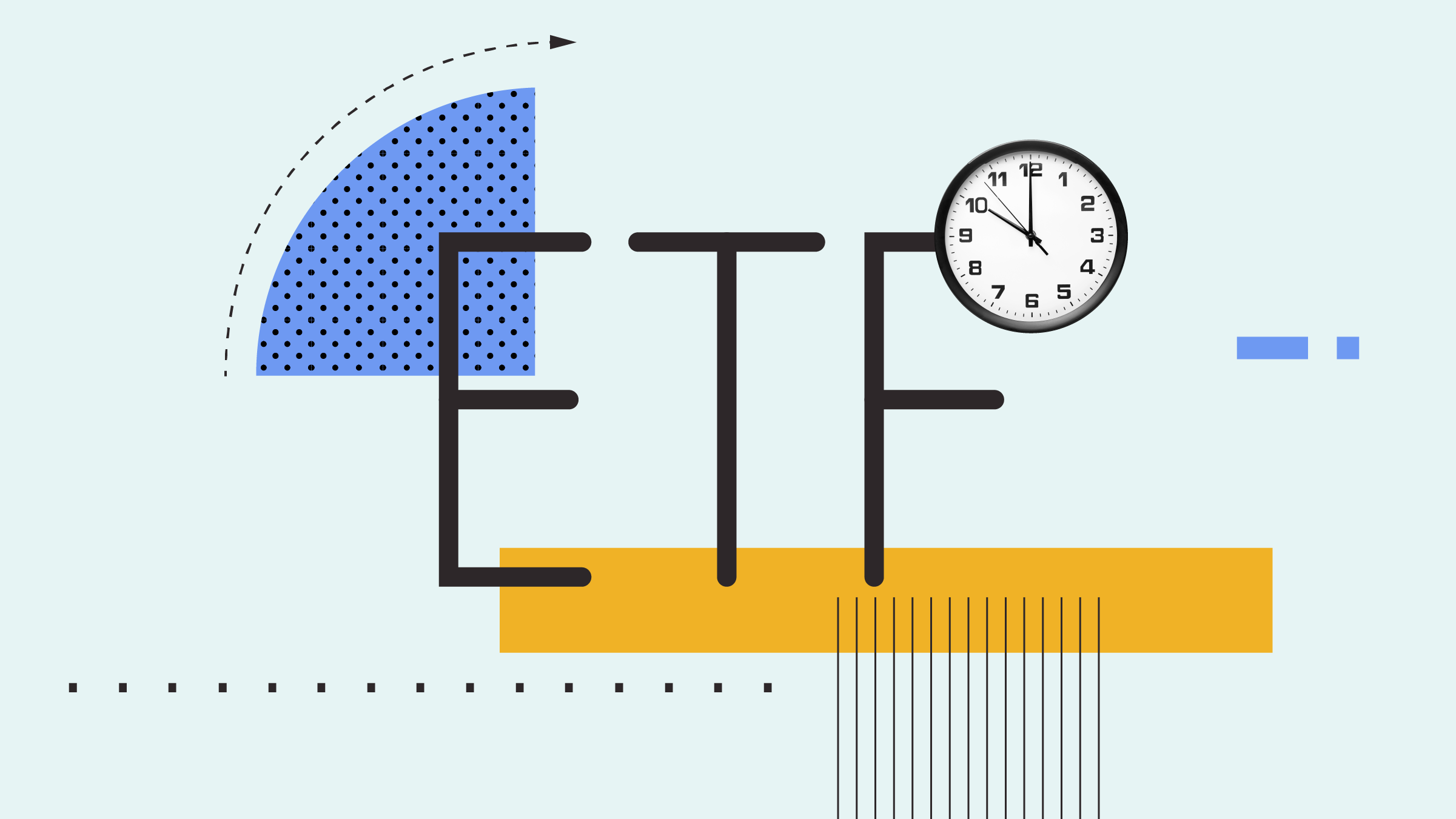Josh Charlson: Hi. I’m Josh Charlson with Morningstar. We’re here at the Morningstar Investment Conference. I’m going to be talking about one of the most troubling issues for investors today, and that is what to do about the low-yield environment. To join us we have Fran Kinniry from Vanguard. He is a principal in the investment strategy group at Vanguard, where he oversees a number of their asset-allocation strategies, including their target-date retirement funds and the Vanguard Managed Payout funds.
Fran, thanks for joining us.
Fran Kinniry: Thank you, Josh.
Charlson: So, obviously, it’s a big concern for investors today who need income with the low nominal and real yields, and there is a risk in going out, stretching for yield, going into other asset classes, and looking for longer-duration instruments. And that’s something you’ve written about. So talk to us a little bit about your concerns of those types of steps investors might take.
Kinniry: Sure. Coming out of the global financial crisis, as we all know, the Federal Reserve really lowered interest rates. If you look back over the last 30 years, the yield on a portfolio, a balanced portfolio with stocks and bonds, has typically been above the spending rate of 4%. But as yields have come down dramatically, all of a sudden a balanced portfolio with yields on bonds at 2% and equities at 2%, the yield contribution is right around 2%. So for an investor in retirement that creates this conundrum: "How do I generate enough income to live off of?"
What we’ve seen coming out of that from cash flows is investors really upping the yield of the portfolio. There are a couple of ways they do that: overweight dividend-paying stocks or overweight corporate bonds, high-yield bonds, bank-loan notes, all higher-risk investments. So that’s concerning to us because we see the portfolios actually having more risk today than they had through history, but many investors don’t realize the risk they’re taking.
Charlson: What can investors do who have income needs but may not want to those kinds of risk, or for whom it may not be appropriate?
Kinniry: We’ve been really preaching a concept known as total return, and that is really keep your portfolio, let your investments be the most broadly diversified and low-cost. So costs are going to have a dramatic impact in a low-return world. Think about if the yield of a portfolio is 2% and you’re paying 1% for investments versus only 25 basis points. [Paying only 25 basis points is] adding 75 basis points to your total return and your yield. So it's lowering costs, keeping your portfolio broadly diversified, and using total return. The concept of total return is just spending the amount made from the portfolio rather than the income, and think about that. The last five years, the equity market is up more than 150%, so being able to spend from capital that was made from the capital markets.
Charlson: Right. Now, another thing I wanted to ask you about was corporate bonds. Although investors have flocked to bonds over the past couple of years, there is still a lot of, I would say among professional money managers, a sort of dislike for corporate bonds, particularly with rates so low. This is another area that you’ve written about. What is the role for core bonds in an investor's portfolio?
Kinniry: We fully believe that corporate bonds make sense, but we also believe they should be held in a broadly diversified package. Our single-fund solutions at Vanguard, we use as the core, the total bond market portfolio. That portfolio changes through time. It is market-cap-weighted, but it does have anywhere from 20% to 25% in corporate bonds in that portfolio. The danger of overweighting corporate bonds, which we’ve seen in the last three years--investors really taking on all corporates and avoiding Treasuries because of the low-interest-rate environment--is that in bad environments, so when the equity market is in sell-off mode, we know corporate bonds and especially high-yield bonds will actually correlate closer to the equity market. So we really believe that bonds are there as a diversifier to equity risk and [want to make sure] that your bond portfolio and its interaction in bad markets is going to hold up well. So we believe in having very broadly diversified, high-quality, fixed-income assets for our single-fund solutions.
Charlson: For investors who are looking for solutions that can provide some income as part of their portfolio, what are some of the Vanguard funds, particularly within the allocation area, that you think are worthwhile for investors to consider?
Kinniry: We are seeing what I think is a very good trend, with investors really buying single-fund solutions, whether they be something like Vanguard Wellington, whether they be something like our Target Retirement funds, our LifeStrategy funds, or our Managed Payout funds. They allow an investor to buy a single investment that is broadly diversified with stocks and bonds, U.S. and global, all in one package that stays rebalanced. They can then attach an automatic withdrawal program to that, and they can actually get an income flow from that portfolio. So that to us is a turnkey solution that gives you broad diversification, low cost, stays rebalanced, and allows you to do total-return investing, which I think is hard to dispute the benefits of total return versus income overweight as the better solution. And with an all-in-one package at a low cost, investors can sit back and really concentrate on the things in their life they want to do in retirement and have an income stream come to them.
Charlson: Thanks so much for joining us, Fran.
Kinniry: Thank you, Josh. It’s a pleasure to be here.





























